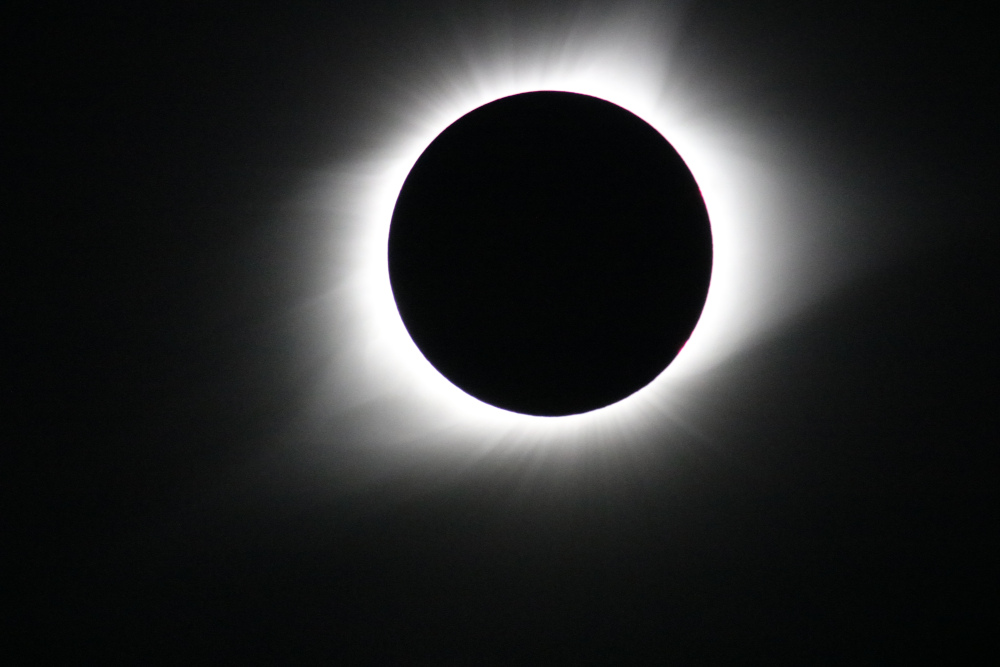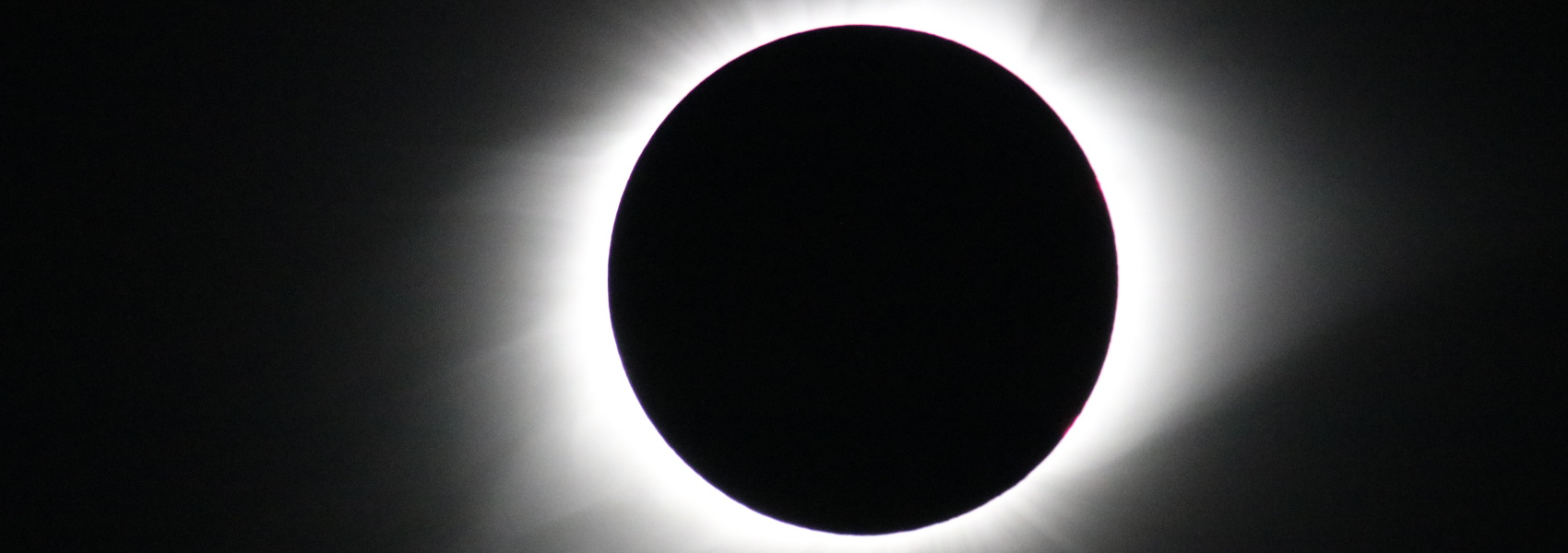Chasing totality
by
It's late, and I'm too tired from travel and brain gerbils keeping me up the day before travel to write much. I'm in Austin for the solar eclipse, which will be on Monday, April 8, 2024. Austin, TX is along the path of totality, that is, the path along which you will be able to see the total eclipse of the sun.
The thing about totality is that it's totally different than a partial eclipse. I have spent the last week trying to convince various people who are within short driving distance of the path of totality that they should go see it. I know I sound like I'm recruiting for a cult. How cool can it be? Lots of people see partial eclipses or lunar eclipses, which are, let's face it, underwhelming. The photos look better than the real thing, and are often manipulated.
A total solar eclipse is the opposite. You might look at this photo from the NASA archives for example:

A view of the Aug. 21, 2017, total solar eclipse from Madras, Oregon. Credit: NASA/Gopalswamy
And you might think, yeah, well, that's a cool photography effect.
I mean it is, yes, a very cool photo. Except it also really looks like this. Only better. Oh, and the next one easily visible from the continental USA will be in 2045.
